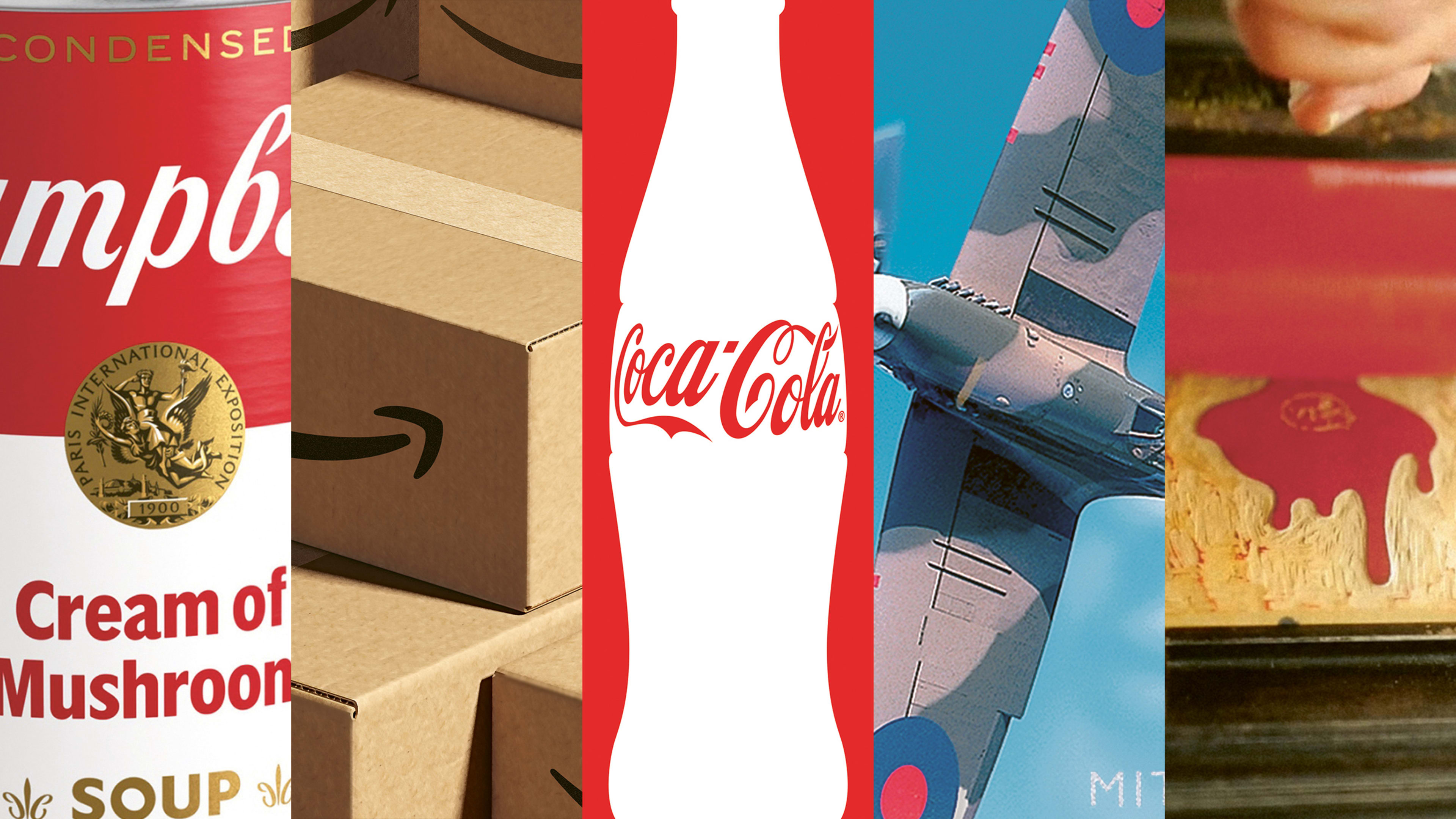The varied language associated with instinct often references the human body and its sensations. Phrases include “doing what feels right,” “listening to your heart” (or “your inner voice”), “your gut feeling,” “human nature” (or “second nature”), “feeling it in your bones” (or “waters”), to name but a few. While the academic concepts and theories associated with instinct are numerous and cross multiple disciplines, definitions, contexts, and applications (for example, behavioral, cognitive, genetic, motivational, functional, and so on) rather wonderfully, without reading or studying any of them, we all know what instinct is, how it manifests itself, and when best to use it.

Read through the library of branding and marketing communication books and you will quickly learn how brands “live” in a wide range of locations: corporate environments, digital ecospheres, retail spaces, the product itself and its packaging, the behaviors and actions of business leaders and employees, and most importantly of all, in the hearts and minds of customers (existing and potential). Brands that build high levels of emotional connection with their customers are able to benefit from positive differentiation from their competitors, and they can also effectively resist competition on price.
Some of the world’s best-known brands—the ones that connect so effectively with their customers—were created by following one’s heart. As the early modernist artist Marc Chagall so neatly put it, “If I create from the heart, nearly everything works; if from the head, almost nothing.”
Businesses readily acknowledge that creativity is at the heart of innovation, and innovation is the engine of growth. In the commercial world, where originality and innovation are essential, relying exclusively on rational, systematic thinking can limit the production of creative ideas. Instinct plays an essential role in the generation of new and diverse concepts, enabling individuals and organizations to take risks and cultivate ideas that may not have been considered through logic alone.
We are all navigating a world of ever-increasing data, analytics, algorithms, and artificial intelligence. Instinct helps us tap into our unconscious mind, allowing us to discover unexpected and unique solutions. It may not be immediately clear to us how or why we are drawn to particular ideas, but we can often experience a natural inclination toward them. Instinct helps us identify patterns and explore new connections, enabling us to approach a problem from new perspectives, challenge assumptions, or find unconventional solutions. We may not be entirely aware of why certain things make sense, but we can often feel that they do.
This is an excerpt from I Love It. What Is It? The Power of Instinct in Design and Branding by Turner Duckworth and Gyles Lingwood.
Recognize your brand’s excellence by applying to this year’s Brands That Matter Awards before the early-rate deadline, May 3.
